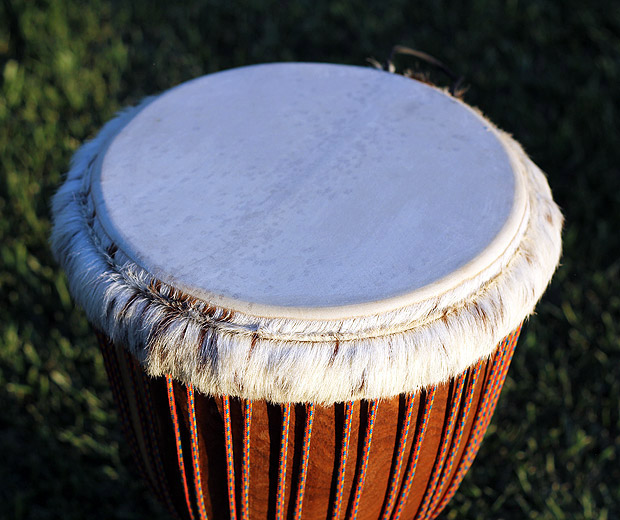Why Practice Repetitive Parts, Patterns, and Traditional Drumming Styles?
Have you ever wondered why it’s essential to dive into repetitive parts, patterns, and traditional drumming styles? Many people overlook the profound benefits of embracing these foundational elements. Learning traditional drumming forms is not just about sticking to rigid structures; it’s about digging deeper into our craft and ultimately becoming more liberated in our playing styles.
When we build and exercise our brain—creating new neural pathways—we equip ourselves with a broader toolbox, enhancing our creativity and flexibility as musicians. Regardless of where you play or how you express yourself, the training you undergo with your instrument will translate into more enjoyable experiences for you and those around you.
Whether you’re exploring traditional forms, free-form jams, or hybrid styles, working with these established patterns expands your creative expression. At its core, studying new patterns and repeating them isn’t merely about amassing “chops,” it’s about understanding how to effectively use them in a musical context. This distinction is crucial.
Learning traditional drumming styles, especially those rooted in the West and Central African Diaspora, teaches us invaluable lessons in collaboration. It fosters the ability to interact with others harmoniously and sets aside ego in favor of collective expression. This is essential in any musical setting, where synergy often elevates the experience far beyond individual prowess.
Establishing a solid foundation in rhythm is vital. Understanding concepts like how patterns interlock and mastering the right sounds on your drum provides the groundwork necessary for any direction you wish to take. This foundational knowledge supports your growth as a musician, no matter what genre or style resonates with you.
Imagine you’ve developed your skills at what I like to call the “rhythm gym.” You’ve built up your fundamentals, honed your ability to throw the right combinations of notes, and now the real fun begins: sparring with those skills. This process of creating music requires us to go beyond mere technicality; it invites us to let go.
One of the beautiful aspects of hand drumming is its ability to pull us from the analytical, controlling part of our minds and guide us into a place of feeling and expression. While it may sound straightforward, this transition is challenging for many. It requires a level of surrender to an unknown force and a release of that false belief that we have to be “in control” at all times.
Here’s the irony: to surrender fully, you must first have practiced thoroughly. You need to have carved those pathways into your brain until they’re second nature. The beauty of what flows from you when you play is a direct reflection of the time, energy, study, and sweat you’ve invested in your craft.
So, why do we practice repetitive parts, patterns, and traditional drumming styles? The answer is simple yet profound: this dedication lays the groundwork for our creative freedom. Through practice, we cultivate a deep understanding that allows us to let go, express ourselves fully, and simply play.
When we respect the process of learning and growing, we create room for joy, connection, and transformation in our playing. So, let’s embrace the practice, invest our time and energy, and watch as the beauty of our musical expression unfolds. After all, it’s in the rhythm of our journey that we truly find our voice.

